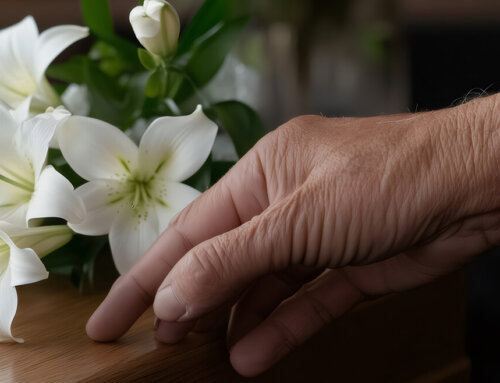As we celebrate Pride month, the iPublish Media Solutions team turned our thoughts to supporting the LGBTQ community and the equalities achieved regarding obituaries. People of all sexual orientations, gender identities and relationship preferences are now able to be authentically memorialized by their loved ones in obituaries.
This was not always the case.
For generations, people who wrote obituaries – both families and editors – left out or tip-toed around same-sex partners and gender identity, as the country debated who had a right to marry, serve in the military, and be recognized for who they were.
Meanwhile, the sexual orientation of some of the country’s most accomplished people was only vaguely alluded to after their death, if at all, including master chef James Beard (1985), dancer Rudolf Nureyev (1989), and playwright Tennessee Williams (1983).
Las Vegas showman and pianist Liberace died in 1987 still hiding his sexuality. His New York Times obituary only noted that the Las Vegas Sun had semi-outed him by publishing a story that he had been hospitalized for AIDS.
Astronaut Sally Ride, who died of pancreatic cancer at 61 in 2012, left a letter just before her death, acknowledging a 27-year relationship with science writer Tam O’Shaughnessy publicly for the first time. Shaughnessy was included in the obituary posted on Legacy.com.
It was not until 2015, however, when the U.S. Supreme Court ruled in favor of same-sex marriages, overruling states that still refused to recognize gay marriage, that obituaries began to truly reflect the life stories of those in the LGBTQ community.
In The New York Times editorial archives “lifelong bachelor” showed up 15 times in the first few years of 2000, but just 3 times since 2020.
In 2019, the AP style guide for obituaries finally changed to include the “name under which the person lived” to avoid misgendering people who had died, a mistake known as “deadnaming.”
When The New York Times accidentally misgendered a woman in a 2020 obituary, they quickly apologized and amended it.
Today a traditional obituary for a LGBTQ loved one simply lists the survivors of the deceased in an order equivalent to survivors of the heterosexual deceased, including spouse, children, brothers and sisters, parents, and/or current partners.
The names of married couples sometimes imply sexual orientation. If the sexual or gender identity of the deceased was a significant part of their career, art, hobby, activism, community or other important activity, it is often included as well.
Longer creative obituaries focus on telling a compelling life story in a non-traditional format, talking about the person’s character, and intentionally including a few personal details that create a compelling narrative is the new normal.
Everyone deserves to be memorialized the way they want to be and iPublish Media Solutions offers self-service tools that allow loved ones to control the obituary narrative.




